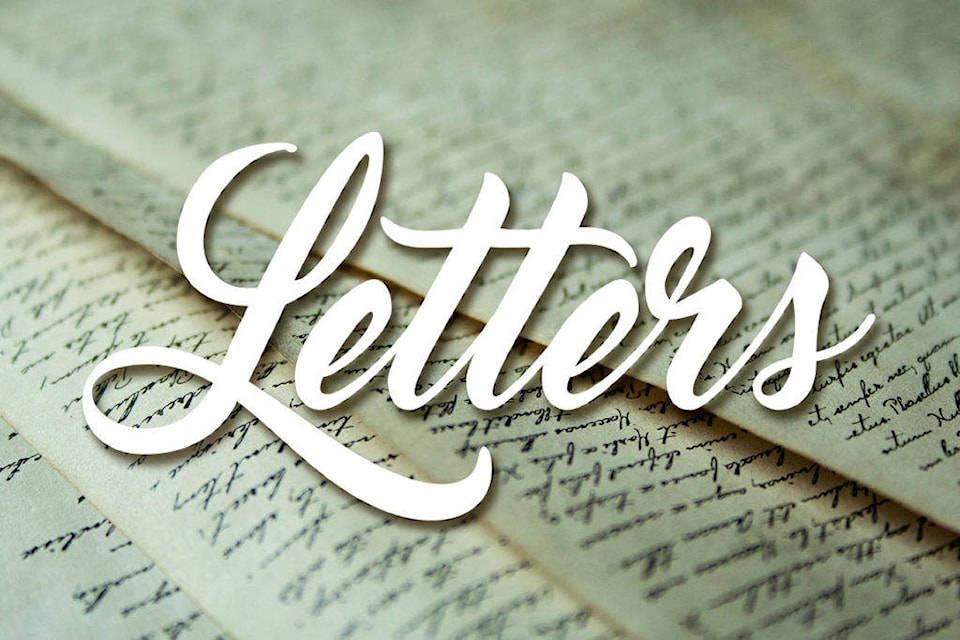A reader posed the question of whether salmonella is in the Bulkley Valley as it is in southern parts of the province. Bulkley Valley naturalist and avid birder Rosamund Pojar had the answer.
Salmonella poisoning could be anywhere.
The Salmonella bacteria are normally present in the bird community, but at low levels if the birds are not crowded around feeders.
Note: the seed itself when fresh is not contaminated. However, when an irruption of a species like pine siskins occurs, many, many more birds come to bird feeders than is normal.
An irruption is a sudden increase in the population of a species, often associated with the availability of natural foods, in this case there is a lot of spruce seed.
The problems with pine siskins is that they do not come to the feeder, grab some seed, fly away and eat it.
Instead they tend to stay at the feeder and keep feeding and pooping onto seed that has either dropped onto the ground or, in the case of platform feeders, onto the platform itself.
The birds then eat the seed contaminated with fecal material and the concentration of Salmonella that they are ingesting gradually rises among the flocks until it reaches lethal levels.
Pine Siskins numbers are very high here, throughout BC and especially the Lower Mainland and across Canada.
How do you know if it is present?
If one or more of the birds starts to look lethargic, stays on the feeder when the others have left, feathers start to fluff up and look ragged,or the bird simply sits there without feeding, then you know you have a problem.
If a high concentration of Salmonella is present on the seed, it can affect other species as well e.g. chickadees, evening grosbeaks and redpolls if they are feeding at the same feeder.
Then you must dispose of the sick birds (kill them and incinerate if possible), remove the seed from the feeders and rake up and burn as much of it from the ground underneath the feeders as possible. Incinerate the contaminated seed (do not put in the garbage or compost).
Then wash the feeder off with mild bleach and let it dry. If the situation is bad, take the feeders down (or stop putting out seed) for several days.
Do not worry about not feeding the birds. They know what to do. They will go off into the woods and look for natural foods. There are thousands of siskins out in the forest at present and most are feeding on natural foods. Only a portion of them are coming to the fast food outlets (i.e. the feeders).
Rosamund Pojar
Smithers
